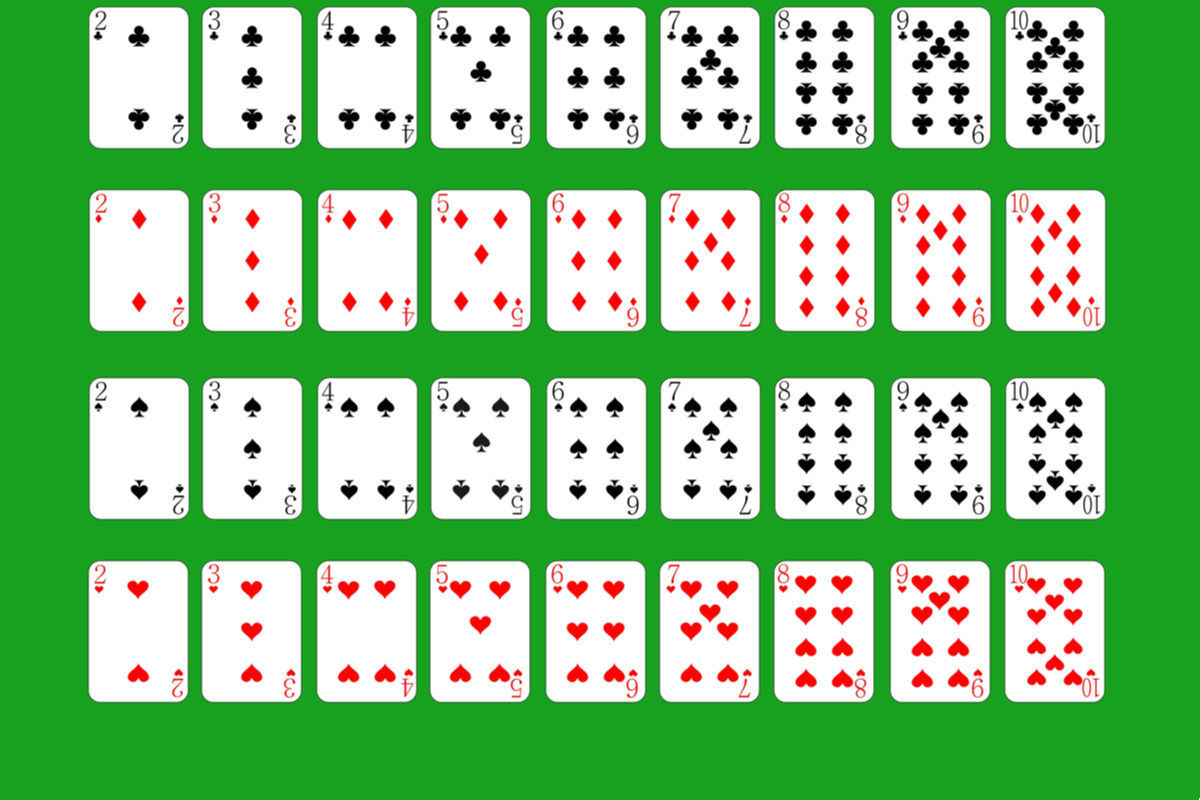
He made clear he would be targeting the country’s 110 provincial governments, which critics say have become havens for once-powerful potentates during the sunset of their career, or prized pulpits for small, locally based power clusters. Monti has announced a comprehensive spending review to target the best places to make cuts, and admonished public administrators to take “inescapable actions aimed at containing costs” in the meantime. “Improving the public administration would be a big boost to the country’s competitiveness.”

“The lack of efficiency in the public sector obviously weighs on growth,” said Giuseppe Pisauro, an economist at and head of a treasury-run school for public managers. While Italy’s general government expenditure was 50.3 percent of gross domestic product last year, below the euro zone average and less than that of France, the quality of the public administration came in last in the euro zone, according to the International Monetary Fund. One of Prime Minister Mario Monti’s biggest challenges as he tries to trim the 1.8-trillion-euro debt and ram home measures that foster growth and competition will be cutting red tape and increasing efficiency in Italy’s vast public bureaucracy. Susanna’s experience may go some way to explaining why Italians often emerge from the country’s labyrinthine administrative buildings exasperated after hours spent waiting in line to complete a simple bureaucratic task. “Serious workers are uncomfortable in the public sector because eventually everyone acquires bad habits,” she said, and asked not to be identified beyond her first name to protect the colleagues she left behind.

“There were five entrances and exits, and everyone - from the president to the department manager to the general staff - would come in one door and walk out another,” said the 63-year-old, who retired two years ago after 38 years in government. Italy's Prime Minister Mario Monti addresses a news conference at the end of an European Union leaders summit in Brussels December 9, 2011.


 0 kommentar(er)
0 kommentar(er)
